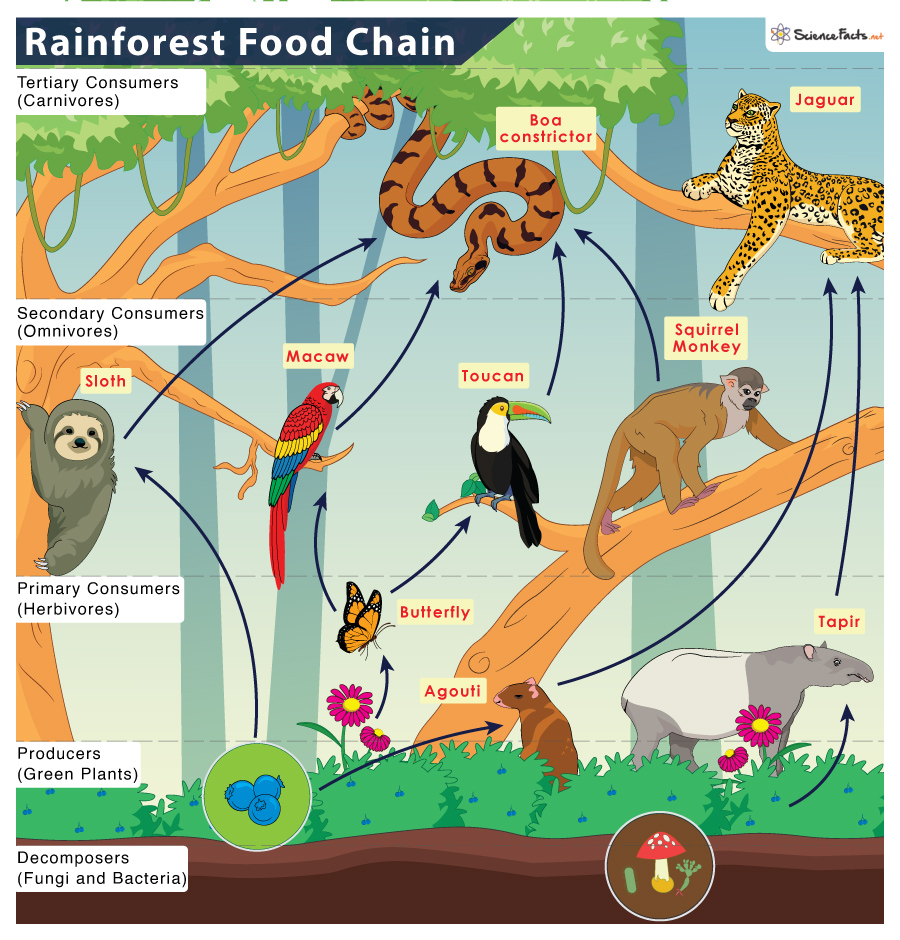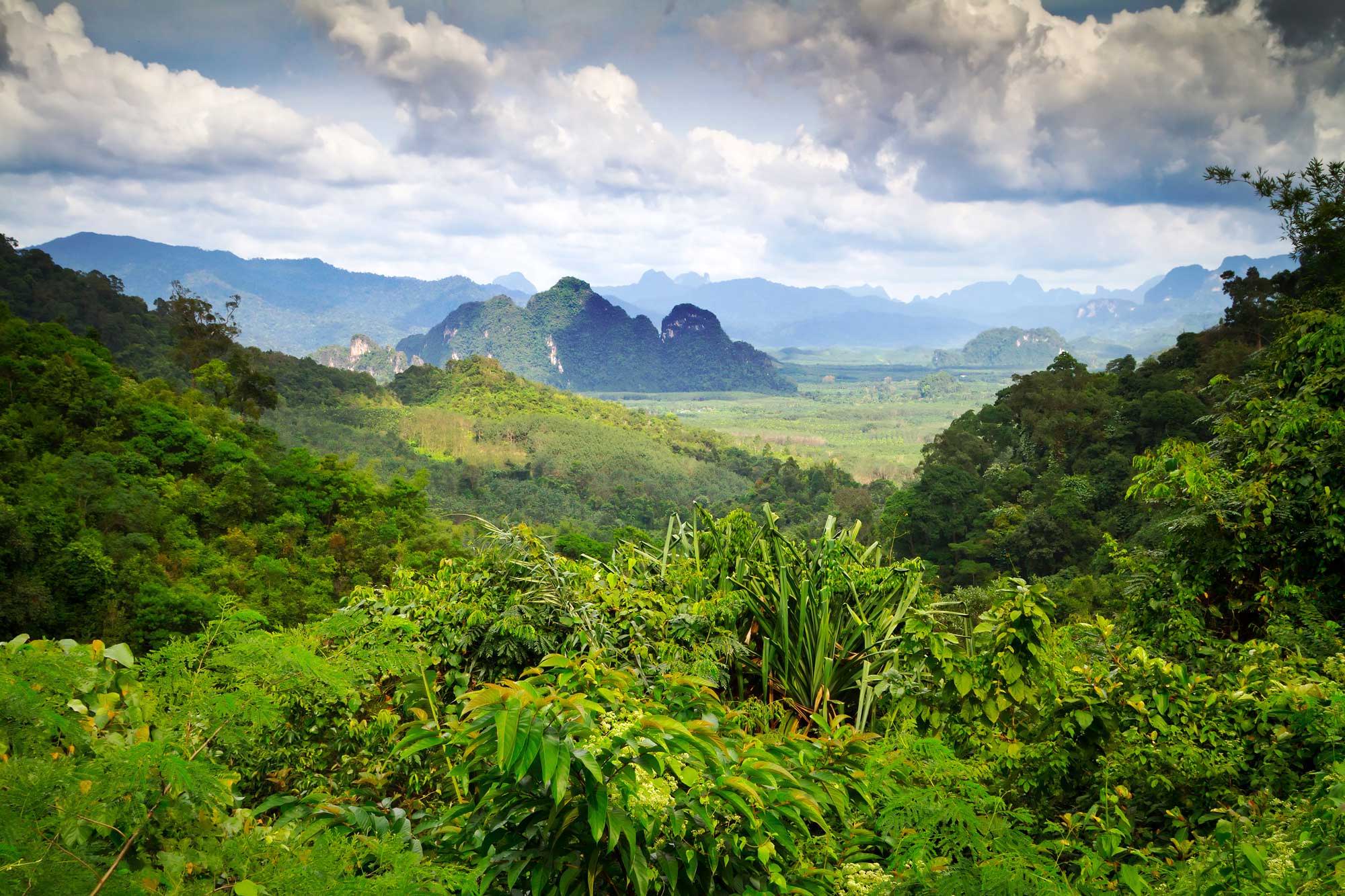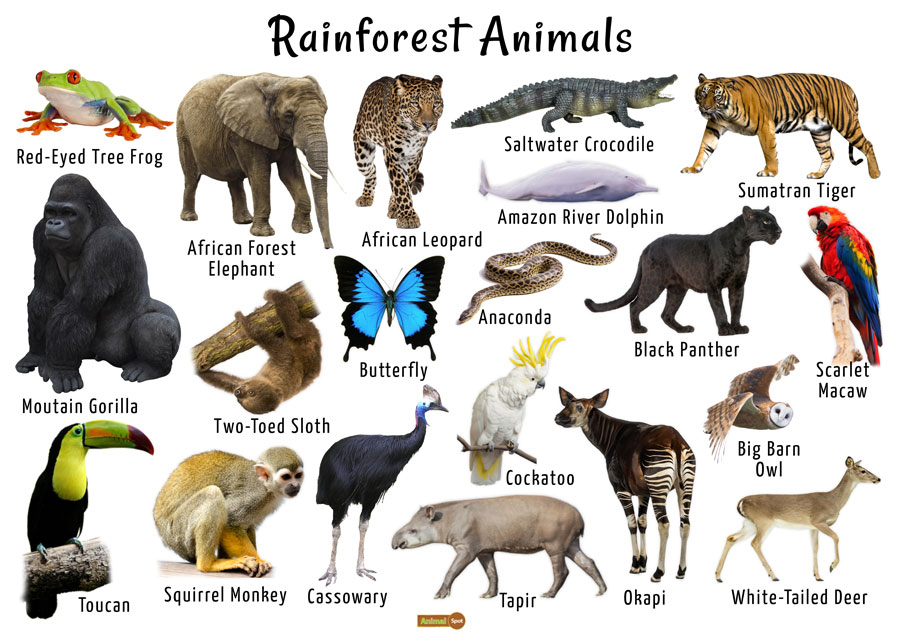Topic terrestrial ecosystem and aquatic ecosystem: Discover the wonders of our world through the lens of terrestrial and aquatic ecosystems, where life thrives in diverse environments, shaping the beauty and balance of nature.
Table of Content
- How do terrestrial and aquatic ecosystems interact with each other?
- Definition and Importance of Ecosystems
- Types of Terrestrial Ecosystems
- Characteristics of Aquatic Ecosystems
- Differences Between Terrestrial and Aquatic Ecosystems
- Biomes and Habitats Within Ecosystems
- YOUTUBE: Types of Ecosystems and their Definition
- Flora and Fauna: Adaptations to Environment
- Role of Ecosystems in Climate Regulation
- Human Impact on Terrestrial and Aquatic Ecosystems
- Conservation Efforts and Sustainable Practices
- Future Challenges and Research Directions
How do terrestrial and aquatic ecosystems interact with each other?
Terrestrial and aquatic ecosystems are distinct but interconnected systems that have various interactions with each other. Here are the key ways in which they interact:
-
Water cycle: The water cycle plays a crucial role in the interaction between terrestrial and aquatic ecosystems. Through evaporation, water from aquatic systems is lifted into the atmosphere and forms clouds. These clouds then move over land and release the water as precipitation, which replenishes terrestrial ecosystems.
-
Nutrient exchange: Terrestrial ecosystems contribute nutrients to aquatic ecosystems through the process of runoff. When it rains, water washes over the land, carrying with it nutrients such as nitrogen and phosphorus. These nutrients can be used by aquatic plants and algae, supporting their growth.
-
Organism migration: Many organisms migrate between terrestrial and aquatic ecosystems, creating a pathway for energy and nutrient transfer. For example, birds that nest in terrestrial areas often rely on aquatic systems for feeding, while aquatic species may migrate to land for breeding or to find suitable habitats.
-
Waste decomposition: Aquatic ecosystems can receive organic waste materials from terrestrial ecosystems. Dead plants and animals from the land can enter rivers or streams, where they are broken down and provide nutrients for aquatic organisms.
-
Climate regulation: Vegetation in terrestrial ecosystems helps regulate the climate by absorbing carbon dioxide and releasing oxygen through photosynthesis. This process influences the composition of the atmosphere, which in turn affects the overall climate and conditions in aquatic ecosystems.
In summary, the interaction between terrestrial and aquatic ecosystems involves the flow of water, exchange of nutrients, migration of organisms, decomposition of waste, and climate regulation. These interactions are essential for the overall health and functioning of both types of ecosystems.
READ MORE:
Definition and Importance of Ecosystems
An ecosystem is a complex network of living organisms and the physical environment interacting as a system. This includes all the plants, animals, microorganisms, the physical surroundings, and the natural cycles that sustain them. Ecosystems are classified into two main types: terrestrial ecosystems, which are found on land, and aquatic ecosystems, which are found in water bodies.
The importance of ecosystems cannot be overstated. They provide essential services that support life on Earth, including:
- Regulating the climate and atmosphere
- Purifying water and air
- Supporting the cycle of nutrients necessary for plant and animal life
- Providing habitat for species and maintaining biodiversity
- Offering resources for human use, such as food, medicine, and materials
Ecosystems also play a critical role in mitigating the impacts of climate change by sequestering carbon dioxide, thus reducing greenhouse gas levels in the atmosphere. The health and stability of ecosystems are vital for the health and survival of humans and all other life forms on our planet.

Types of Terrestrial Ecosystems
Terrestrial ecosystems are diverse, covering approximately 30% of the Earth"s surface. Each type is characterized by its climate, soil type, and the organisms that inhabit it. Here are some of the major types:
- Forests: Subdivided into tropical, temperate, and boreal forests, these ecosystems are dominated by trees and are crucial for carbon storage, oxygen production, and biodiversity.
- Deserts: Defined by their dry conditions, deserts can be hot or cold. They are home to specially adapted plants and animals that can withstand extreme conditions.
- Grasslands: Including savannas and temperate grasslands, these areas are dominated by grasses and have fewer trees. They are important for grazing animals and maintaining soil fertility.
- Tundras: Characterized by cold temperatures and short growing seasons, tundras are found in the Arctic and high mountains. They host a limited variety of plants and animals.
- Mountains: Varied ecosystems can be found at different altitudes on mountains, affecting the types of plants and animals that can live there.
Each type of terrestrial ecosystem plays a unique role in the Earth"s biodiversity and provides different ecosystem services, such as water filtration, air purification, and habitat for countless species.
Characteristics of Aquatic Ecosystems
Aquatic ecosystems are categorized broadly into freshwater and marine ecosystems, each with unique characteristics that support diverse forms of life. Understanding these characteristics helps in the appreciation of the complexity and importance of aquatic environments.
- Water Composition: Freshwater ecosystems, such as rivers, lakes, and ponds, have low salt concentrations, while marine ecosystems, including oceans, seas, and coral reefs, have higher salt content.
- Light Penetration: The amount of light that penetrates water bodies affects the types of organisms that can live in different zones. Photosynthesis primarily occurs in the euphotic zone, where light is abundant.
- Depth and Pressure: These factors vary greatly, especially in marine ecosystems, influencing the types of species that can adapt to deep-water environments.
- Temperature: Aquatic ecosystems can range from the warm waters of tropical seas to the icy waters of polar regions, affecting biodiversity.
- Currents and Tides: These physical forces shape the marine ecosystems, influencing nutrient distribution and habitats.
Both freshwater and marine ecosystems play critical roles in global processes, such as carbon cycling, climate regulation, and providing habitats for a vast array of species. They are also essential for human economies, supporting industries like fishing, tourism, and water supply.

Differences Between Terrestrial and Aquatic Ecosystems
Terrestrial and aquatic ecosystems are both critical to Earth"s biodiversity and ecological balance, yet they exhibit distinct characteristics due to their different environments. Understanding these differences is essential for environmental science and conservation efforts.
- Medium of Life: Terrestrial ecosystems are based on land, while aquatic ecosystems are in water environments, influencing the physical and biological adaptations of species.
- Light Penetration: Light penetrates more easily through air than water, affecting photosynthesis, visibility, and temperature layers differently in terrestrial and aquatic settings.
- Respiration: Organisms in terrestrial ecosystems primarily use air for respiration, while those in aquatic ecosystems may use dissolved oxygen in water or air.
- Pressure: Aquatic organisms are adapted to withstand varying degrees of water pressure, especially in the ocean, unlike terrestrial organisms that deal with atmospheric pressure.
- Salinity: Salinity is a major factor that affects aquatic ecosystems but is generally not a concern for terrestrial ecosystems.
- Locomotion: Movement in water requires different adaptations, such as fins or streamlined bodies, compared to movement on land, which involves legs, wings, or other structures.
- Habitat Diversity: Both ecosystems offer a variety of habitats, but the types of habitats (e.g., coral reefs, deep sea, forests, deserts) and the conditions within them vary greatly.
These differences highlight the diversity of life on Earth and the specialized adaptations organisms have evolved to survive in their respective environments.
Biomes and Habitats Within Ecosystems
Biomes are large ecological areas on the Earth"s surface, with flora and fauna adapting to their environment. They are categorized into terrestrial and aquatic biomes, each hosting various habitats that provide living spaces for diverse organisms. Understanding these biomes and habitats is crucial for ecological studies and conservation efforts.
- Terrestrial Biomes: Include forests, grasslands, deserts, and tundras. Each biome is defined by its climate, soil type, and the typical organisms that reside there. For example, forests are characterized by high rainfall and diverse species, while deserts are noted for their dry conditions and specialized life forms.
- Aquatic Biomes: Divided into freshwater and marine ecosystems. Freshwater biomes include rivers, lakes, and wetlands, each supporting species adapted to low salt concentrations. Marine biomes cover oceans, coral reefs, and estuaries, with saltwater species adapted to various depths and water conditions.
- Habitats: Within each biome, specific habitats exist where organisms have adapted to live. These include the canopy of a forest, the understory, coral reefs in marine biomes, and the deep sea. Each habitat supports a unique community of organisms.
Biomes and their habitats are dynamic and interact with the surrounding environment, including humans. Their study helps in understanding the complex interrelations within ecosystems and the importance of each biome in the global ecological system.
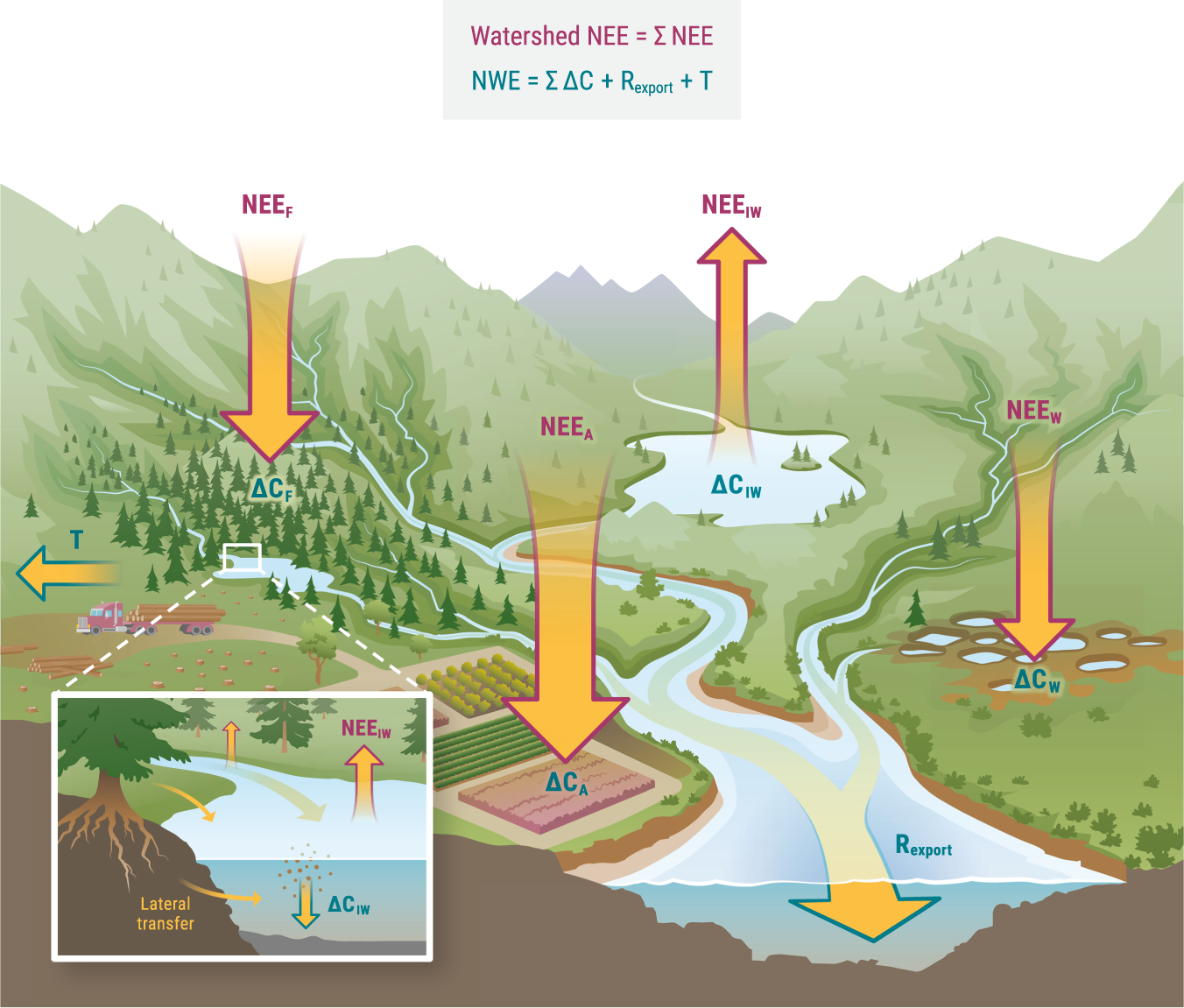
Types of Ecosystems and their Definition
Explore the wonders of ecosystems in this captivating video! Witness the harmonious interactions between organisms and their environments, and discover the intricate balance that sustains life on our planet. Prepare to be amazed by the beauty and complexity of nature\'s interconnected web!
Flora and Fauna: Adaptations to Environment
The flora and fauna of terrestrial and aquatic ecosystems have evolved diverse adaptations to thrive in their specific environments. These adaptations are key to their survival and the ecological balance within ecosystems.
- Terrestrial Flora Adaptations: Plants in dry environments, such as deserts, have adapted to conserve water with features like thick leaves, deep roots, and reduced leaf surfaces. Forest plants may have large leaves to capture sunlight in dense canopy layers or thin leaves for water conservation in tropical regions.
- Terrestrial Fauna Adaptations: Animals have also adapted to their habitats with features such as camouflaged fur to evade predators, specialized limbs for climbing, or burrowing to escape extreme weather.
- Aquatic Flora Adaptations: Aquatic plants have developed buoyant leaves and stems to stay afloat and flexible structures to withstand currents. Some possess specialized roots for oxygen intake or are able to absorb nutrients directly from water.
- Aquatic Fauna Adaptations: Marine and freshwater animals exhibit adaptations like streamlined bodies for efficient swimming, gills for oxygen extraction from water, and echolocation abilities in species like dolphins for navigation and hunting in murky waters.
These adaptations are not just survival mechanisms but also influence the distribution and abundance of species within ecosystems, shaping the intricate web of life on Earth.
Terrestrial and Aquatic Ecosystem - Environmental Science
Embark on an enlightening journey through the realm of environmental science in this thought-provoking video. Delve into the study of our surroundings and gain insights into the pressing issues and innovative solutions shaping our planet\'s future. Join the fight for a greener, more sustainable world and be inspired to make a difference!
Role of Ecosystems in Climate Regulation
Ecosystems play a vital role in regulating the Earth"s climate, acting as both sources and sinks of greenhouse gases (GHGs). Their complex interactions with the atmosphere contribute to climate stability, showcasing the importance of preserving these natural systems.
- Carbon Sequestration: Forests, oceans, and wetlands absorb CO2 from the atmosphere, storing carbon in plants, soil, and marine organisms. This process reduces the amount of greenhouse gases, mitigating climate change.
- Temperature Regulation: Vegetation cover influences local and global temperatures by providing shade and releasing water vapor through transpiration, which has a cooling effect on the air.
- Water Cycle Regulation: Ecosystems play a key role in the water cycle, including precipitation, evaporation, and the movement of water through landscapes. This is crucial for climate regulation, as changes in the water cycle can affect climate patterns.
- Albedo Effect: Snow-covered landscapes and dense forests affect the Earth"s albedo, or the reflection of solar energy back into space, influencing global temperatures.
- Atmospheric Composition: Ecosystems influence the composition of the atmosphere by emitting and absorbing various gases. For example, forests release oxygen and absorb carbon dioxide, while wetlands emit methane, a potent greenhouse gas.
These functions highlight the critical role ecosystems play in climate regulation. Protecting and restoring ecosystems are key strategies in combating climate change and ensuring a stable climate for future generations.
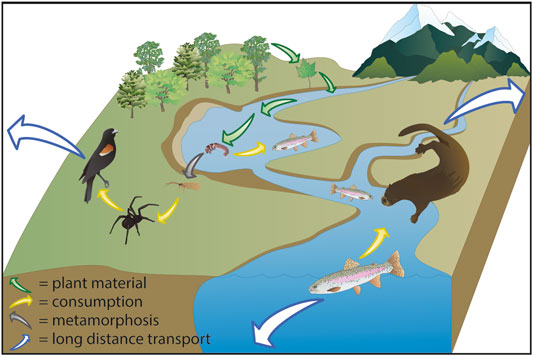
Human Impact on Terrestrial and Aquatic Ecosystems
Human activities have profound impacts on both terrestrial and aquatic ecosystems, altering their structure, function, and the services they provide. Recognizing these impacts is the first step towards mitigating them and working towards sustainable coexistence with our planet"s ecosystems.
- Deforestation: The clearing of forests for agriculture, logging, and urban development reduces biodiversity, disrupts carbon sequestration, and affects global climate patterns.
- Pollution: Air, water, and soil pollution from industrial activities, agricultural runoff, and waste disposal can degrade ecosystems, harm wildlife, and reduce water quality.
- Climate Change: Human-induced climate change is altering temperature and precipitation patterns, affecting species distribution, breeding cycles, and ecosystem functions worldwide.
- Overexploitation: Overfishing, hunting, and harvesting at rates beyond natural replenishment lead to species decline and loss of biodiversity, compromising ecosystem resilience.
- Habitat Destruction: The conversion of natural habitats into urban or agricultural lands fragments ecosystems, making it difficult for species to migrate, find food, or reproduce.
- Invasive Species: The introduction of non-native species can disrupt local ecosystems, outcompete native species, and lead to loss of biodiversity.
Understanding the scale and nature of human impact on ecosystems is crucial for developing strategies to reduce negative effects and promote sustainable use of natural resources.
Conservation Efforts and Sustainable Practices
Addressing the impacts of human activities on terrestrial and aquatic ecosystems is essential for the health of our planet. Conservation efforts and sustainable practices are being implemented globally to protect, restore, and sustainably manage these vital resources.
- Protected Areas: Establishing national parks, marine reserves, and wildlife sanctuaries to protect ecosystems and biodiversity from human exploitation and degradation.
- Restoration Projects: Rehabilitating damaged ecosystems through reforestation, wetland restoration, and coral reef rehabilitation to restore ecological balance and enhance biodiversity.
- Sustainable Agriculture: Implementing practices such as crop rotation, organic farming, and integrated pest management to reduce environmental impact and preserve soil health.
- Water Conservation: Utilizing efficient irrigation techniques, reducing water waste, and protecting waterways from pollution to sustain freshwater resources.
- Climate Change Mitigation: Reducing greenhouse gas emissions through renewable energy, energy efficiency, and carbon sequestration efforts to combat global warming.
- Community Involvement: Engaging local communities in conservation efforts, providing education on sustainable practices, and empowering them to participate in ecosystem management.
- Policy and Legislation: Developing and enforcing environmental laws and regulations to protect ecosystems, regulate resource use, and reduce pollution.
Through these and other efforts, we can work towards a sustainable future where human activities and natural ecosystems coexist in harmony.

READ MORE:
Future Challenges and Research Directions
The sustainability of terrestrial and aquatic ecosystems faces numerous future challenges. Addressing these will require innovative research and a multidisciplinary approach. Here are key areas of focus for future challenges and research directions:
- Climate Change Adaptation: Researching strategies for ecosystems and species to adapt to changing climates, including understanding genetic adaptation and developing resilient habitat management practices.
- Biodiversity Loss: Developing methods to halt or reverse the trend of biodiversity loss through conservation genetics, habitat restoration, and the protection of keystone species.
- Pollution Control: Innovating cleaner technologies and bioremediation techniques to reduce and manage pollution in air, water, and soil.
- Sustainable Resource Use: Enhancing sustainable practices in agriculture, forestry, and fisheries to reduce their impact on ecosystems while meeting human needs.
- Integrated Ecosystem Management: Implementing holistic management practices that consider ecological, social, and economic factors for sustainable ecosystem use.
- Policy and Governance: Researching effective environmental policies and governance structures that promote ecosystem conservation and sustainable use at local, national, and international levels.
- Public Awareness and Education: Increasing public understanding and involvement in conservation efforts through education and community-based projects.
Through focused research and global collaboration, we can address these challenges, ensuring the preservation and health of terrestrial and aquatic ecosystems for future generations.
Embracing the intricate beauty of terrestrial and aquatic ecosystems reveals the interconnectedness of life on Earth, urging us to protect these vital habitats for the well-being of future generations.






